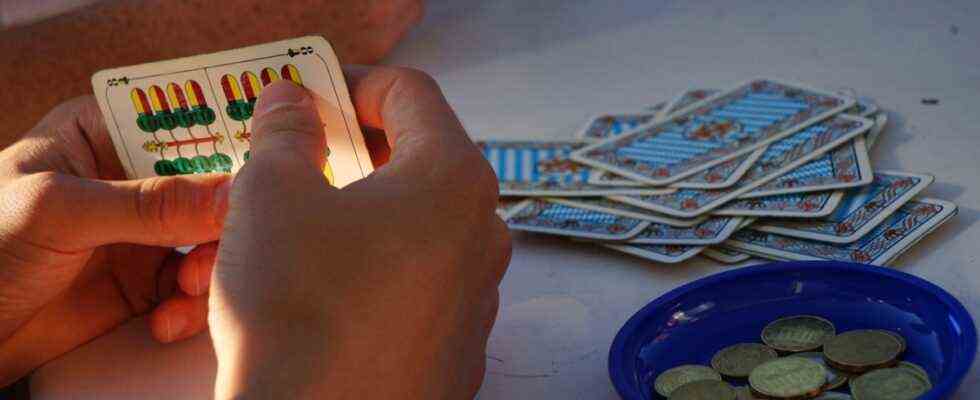December 17, 2001 was a Monday, the weather in Munich was “covered with snow”, as the historical calendar shows. After work, the then 41-year-old civil engineer Peter Brückner made his way to his Sparkasse branch, where something new was being offered: the first euro coins. The European Central Bank had the idea of making so-called starter kits available to banks 14 days before the actual introduction in order to get citizens used to the new money. They were euro coins, wrapped in plastic bags, valued at 20 marks, the equivalent of 10.23 euros.
Peter Brückner, whose real name is different, got himself four such bags, and with that he had an idea for his part: He wanted to put the new currency to a practical and material test right away and got his three card friends, with whom he regularly played Schafkopf. And so on the evening of December 17, 2001, the first Schafkopf evening with the new money took place in the back room of the “Klenze 17” bar.
Schafkopf is a game in which the participants sit behind a colorful plastic bowl with coins, from which the losers pay out the winners after each game. Each of the four friends was given the 10.23 euros in their bowl, and off we went. “But first we had to clarify the tariff,” recalls Brückner. How to convert the euro rate from 1.95583? The four card players agree to round up slightly. A normal game previously cost ten pfennigs, now five cents, a solo game 50 pfennigs, now 30 cents.
In retrospect, Brückner is still amazed at how accurate the first impression was. “We had a lot of trouble telling the coins apart, especially the ten-cent from the 20-cent piece,” he says. The typical hand movement that evening was when fellow players took a coin in hand, held it in front of his eyes and turned it – a movement that he still often observes at the supermarket checkout today. “Back then, we hoped that it would take some getting used to, but the coins are still difficult to distinguish today.”
Brückner remembers that the evening went very well for him. He received an excellent sheet of paper, his little plastic bowl became full and full, and in the end it could barely hold the new, shiny coins. “Back then, I said jokingly: That’s the nice thing about the euro that a full bowl is worth twice as much.” One of the players, on the other hand, lost so much that the 10.23 euros from the starter kit were not enough for him. In the end, he had to pay off his teammates in Deutschmarks. “I didn’t think the euro was such a soft currency,” he joked.
Where there are winners, there are always losers. On the first evening when the population came into contact with the new money, in the back room of a Munich inn, there were already signs of the problems that the common currency would bring.
Fortunately, some things have not changed, as Peter Brückner discovered on December 17, 2001. He had always had the habit of putting coins he won into his bowl with a topper. He did the same with the euro, and in most cases it worked. “It skips as well as the marrow,” he said.

